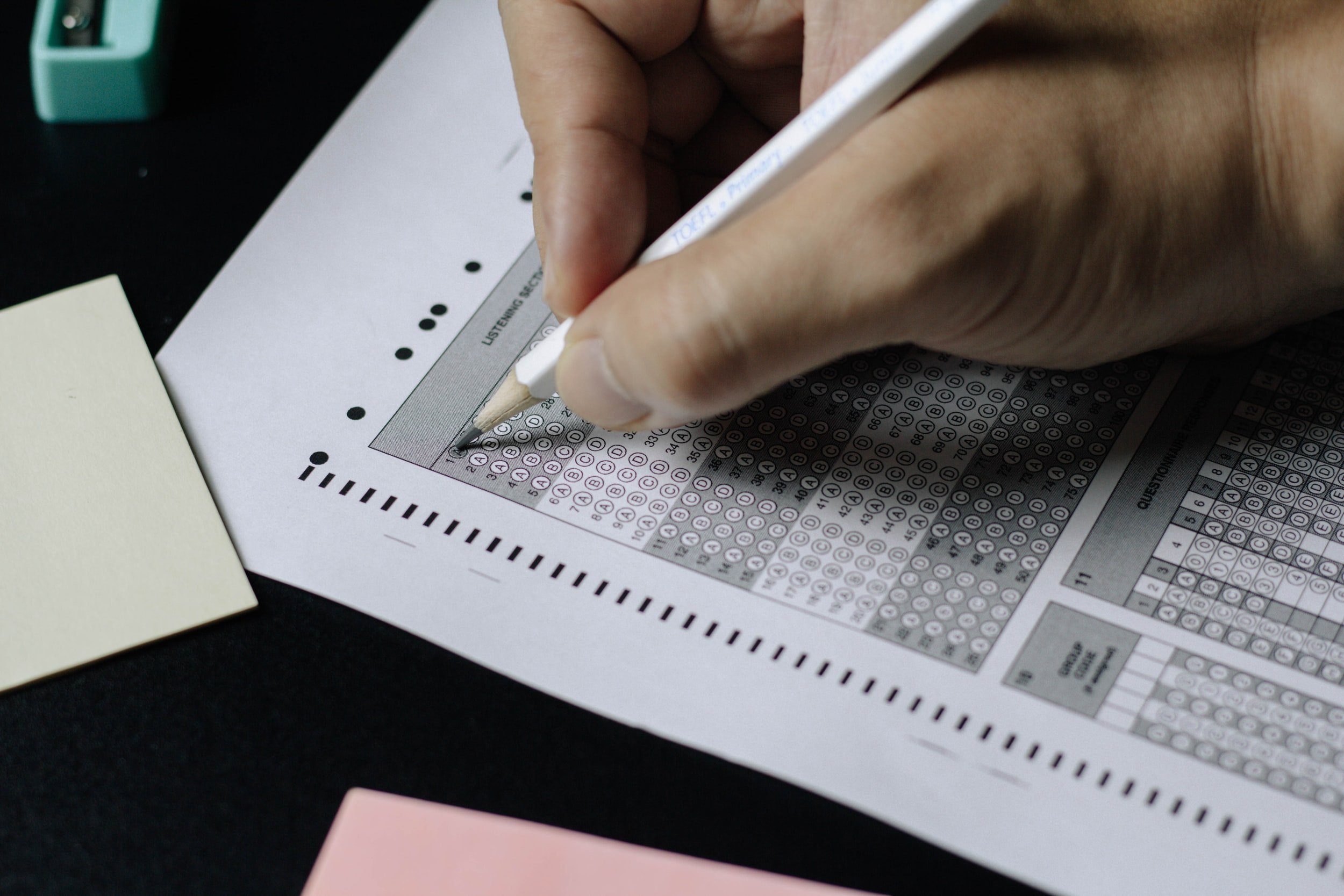
New SAT-Changes Announced
The SAT, together with its near relation, the ACT, has been a feature of college applications for many years. As a result of the COVID pandemic most US colleges have moved to a ‘Test Optional’ application format, meaning that applicants can choose whether to submit an SAT or ACT score without it affecting their chances of acceptance. This test-optional format remains in place with most colleges for the 2022/23 round of applications and some colleges, including some of the most prestigious, have already announced that this will be the case for the following two application rounds.
All of this has led to questions being asked about the future of standardised tests and if they are needed. The University of California colleges announced last year that they will no longer consider ACT or SAT good scores when making application decisions and an increasing number of colleges have followed a similar route.
In an attempt to reinvigorate the SAT, the College Board, which owns the SAT, announced at the end of January that, following a trial in November 2021, they are going to make significant changes to the SAT and the way it is administered.
What’s changing?
-
Going digital – the new SAT will be administered digitally meaning that those taking the test will be able to use their own computers, devices in schools or one issued by the College Board for the purpose of taking the test. The test will continue to be administered in school or a test centre, there will not be an option for students to take the test at home.
-
Format – when the new test is introduced it will take around two hours to complete, rather than the three hours required by the current test. The reading passages in the test will become shorter and the range of topics will become broader to better reflect what students read in college.
-
Calculators – The maths section of the current test contains one section where calculators are allowed and a second where they are not. The new test will allow students to use calculators across the whole maths section of the test, indeed a graphing calculator will be built into the testing app.
-
Test security – the current pencil and paper test has come in for criticism when whole testing cycles in countries have been scrapped because the test has been leaked. The new digital test will enable each student to be set a test that is unique to them while retaining the same level of difficulty. This means that it will be virtually impossible for students to share answers or for questions to be leaked beforehand.
-
Results – sitting, waiting to find out what score you achieved in the SAT will still be there, but it should only be for days, rather than the current couple of weeks.
-
Flexibility – as a digital test there will no longer be a need for the SAT to a pre-set schedule. Currently there are six SAT administrations on dates that are set months in advance. The new test will enable schools and test centres greater choice of when, where and how often they administer the test.
What’s not changing
-
Rigour – there is no suggestion in what the College Board has said that the test will become any easier. The SAT will still seek to assess the ability of the student to meet the challenges of study at college.
-
Scoring – The SAT will continue to be scored out of a total of 1600, 800 for the English section and a further 800 for the maths section.
When does this happen?
The new style SAT will be phased in over two years. Students taking the test in international centres will start using the new digital test from March 2023, while students in the US will take the new test for the first time in March 2024.
Further information on the revamped SAT can be found on the College Board website.






